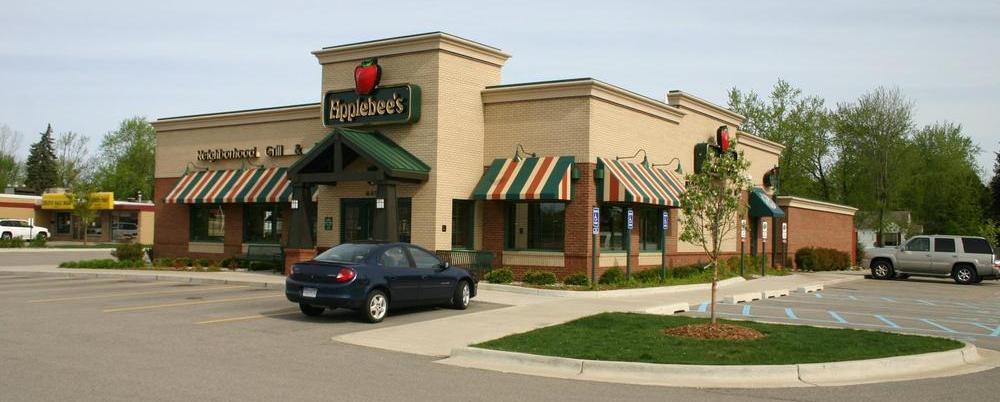Many are predicting another big year as low interest rates combine with aggressive 1031 buyers to keep the market moving. Many investors see 2013 as the chance to claim their prize assets and lock into incredible loan rates to insure long term cash flow that outperforms stocks, CD’s and other savings vehicles. Based on a survey completed by the Boulder Group, over 53% of the investors polled predicted that the transaction volume will increase this year by 5-15%.
Trends:
- 1031’s From Apartments: Many of the current single-tenant investment buyers are coming out of 1031’s from the sale of multi-family. These investors have traded active management for passive and are thrilled to have a monthly check arrive with no headaches or responsibilities. These buyers depend on their advisors to find, screen and secure the best possible 1031 replacements.
- Cap Rates: We have seen a steady decline in cap rates in most market segments over the past year. Many asset classes are demanding record high sale prices. Based on the Calkain Net Lease Trend Report of Dec 2012, the reported cap rate averages are:
Banks at 6.01 cap +/-
Convenience Stores at 6.35 +/-
Pharmacy at 6.61 +/-
QSR at 7.05 +/-
Restaurants at 7.10 +/-
Automotive at 7.27 +/-
Dollar Stores at 7.45 +-
All Retail at 6.97 +/-
- Creative Buying: Many buyers are getting more creative to separate themselves from the pack. Some are looking for higher cap rates associated with shorter lease terms and will trade some risk for higher reward.
- Financing: Many investors are enjoying non-recourse financing on investment grade credit tenants. Recent non-recourse loans include WAG, CVS, DG and FDO. We have seen LTV as high as 90% on some of these assets. The average LTV seems to be 70% as investors are willing to invest real dollars (or have to if they are in a 1031).
- Hottest markets: There are hot markets all over the country. The DC area continues to command high prices as the west coast heats up too. However, very high prices are being paid for assets like Dollar Generals in markets as small as 1000 people. It seems that the credit is more important than the location for many buyers, especially ones with short 1031 deadlines.
Forecast for retail types:
- Dollar Stores: More Dollar Stores are being built and new investors continue to enter the market realizing that these may be the best value for their investment. Large funds have purchase offers into developers to buy everything they build at a fixed cap rate, so they compete with the smaller investors.
- Drug Stores: New Walgreen’s stores are popping up all over again so the supply seems to be greater than it has been for the last several years. This should keep cap rates from going much lower in the near future. Many investors prefer the rent increases paid by CVS stores. However many CVS offer $0 cash flow that investors often can’t afford. Many lenders have a lot of WAG’s on their books presently, so they are requiring more equity invested from the buyers in some cases.
- Auto Parts: O’Reilly’s and Advance Auto continue to attract investors seeking a reasonably priced asset in busy locations. This segment will most likely stay strong for 2013.
- Big Box: There are lots of changes going on as Best Buy, Office Depot and others change their preferred store size to smaller footprints. This could turn some single tenant assets into multi-tenant assets and possibly raise the overall cap rate on the finished product, lowering their value slightly. Landlords should factor some remodeling money into their budget if they have short leases with those tenants.
- Fast Food: Fast food stores seem to be more attractive to investors since the economy has picked up and store sales are going up. Many brands are expanding to new locations.
- Restaurants: The big sale/leasebacks of 2008 and 2009 like Applebee’s and Macaroni Grill resulted in some investors getting excellent buys on those assets back then due to the large supply available. Many are re-selling those now for a nice profit and exchanging into other types of assets. They are selling to 1031 buyers that are thrilled to get an attractive brand that offers a decent return.
- Sale Leasebacks: Many QSR Franchisees are taking advantage of the high real estate values to sell their buildings and lease them back, freeing up important capital to use for expansion and remodeling
- Ground Leases: There seems to be a trend towards buying ground leases by some investors. Those that seek future upside will accept a smaller return upfront. Most ground leases have generous rent bumps every five years and if the tenant does not renew, most ground lease holders get the building for free if they leave. It is a simple way to lock into long term cash flow if set up properly. McDonalds and AAA Rated banks lead the way with the lowest cap rates.
Prepared by:

Peter Colvin, Chair of the Sperry Van Ness® Single Tenant Product Council
Sperry Van Ness/ Silveri Company
Grand Rapids, MI
*All Sperry Van Ness® offices are independently owned and operated.
